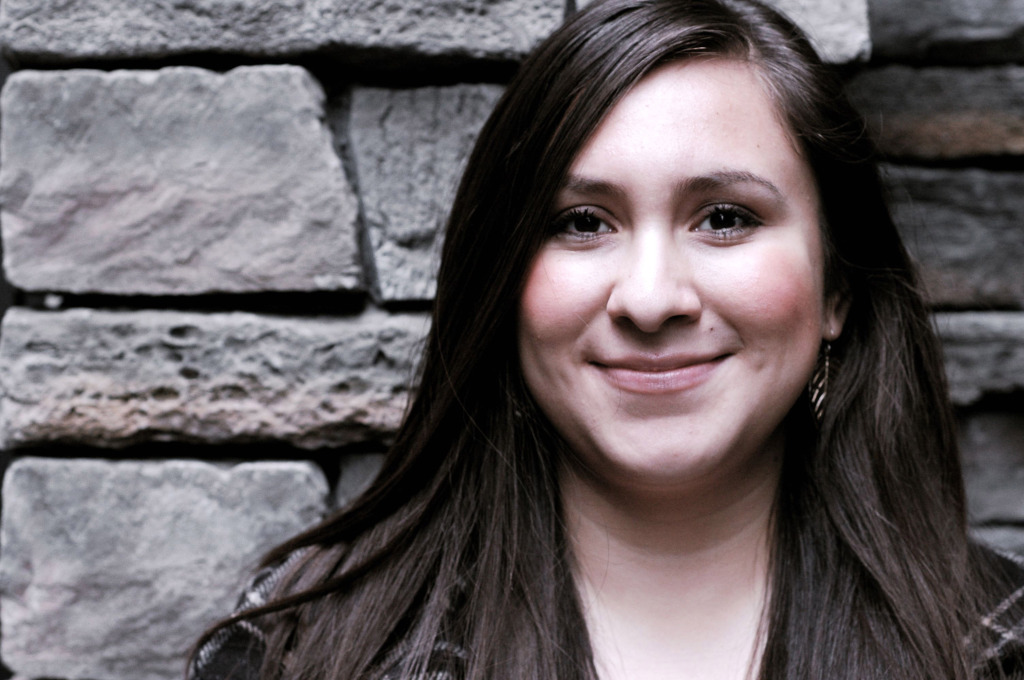Hilda Escalera is the oldest from a family of eight. She graduated from Linfield College, a private liberal arts college, double majoring in Intercultural Communication and Spanish, and is a first generation Latina.
However, four years ago, she never would have believed that she would be where she is today, succeeding and playing with the challenges of building a bright future for herself. She says “Four years ago, my father was unemployed, I was taking care of my infant twin brothers full-time, and I was cleaning rooms at a hotel. Given my family’s financial and personal burdens, I vacillated between staying in the work force and attending college. However, I realized the best weapon against the cycle of poverty was to further pursue my education.”
Still, the stress of paying for college consumed Hilda. She says “The long grasping arms of Loans lurked behind me every step of the way. I was in college. But, most importantly, how was I going to stay in college? I am privileged to say, that the [MCSP] program has helped me stay, and grow, binding the Loans arms before they reached me completely. [MCSP] has substantially helped me reduce my student loans.”
When she first heard about the My College Savings Plan (MCSP) (formerly called the MESA Program), a partner of the Oregon IDA Initiative, she thought it was too good to be true. Hilda was able to save her hard-earned money from working, and MCSP matched it, increasing the overall amount of funds available for college. Hilda says “[MCSP] just wanted to see me graduate college, and become more educated. Because of [MCSP], I have been able to use other saved funds to join other school clubs and activities, and even study abroad, in Ecuador and Guatemala to take in life learning experiences.”
MCSP is a savings program that teaches students how to save and invest in their future and the future of our state. MCSP incorporates the financial education and matched savings components that are part of the Oregon IDA Initiative, and customizes the support to help young people learn skills and go to college. Through the financial education curriculum, students learn how to write checks, about banks, credit scores, debit cards and interest rates. It prepares them to meet the real-world, and become an informed participant in our financial systems. Through the program, Hilda says “I learned to set goals, and work with the budget I had, such as setting allotted money for the [MCSP] deposit. I also learned to set enriching goals for my future, post-graduation, including starting to think early on about the career and life I want to pursue and for providing me with the necessary tools to become a more financially literate as well as well-rounded adult.”





